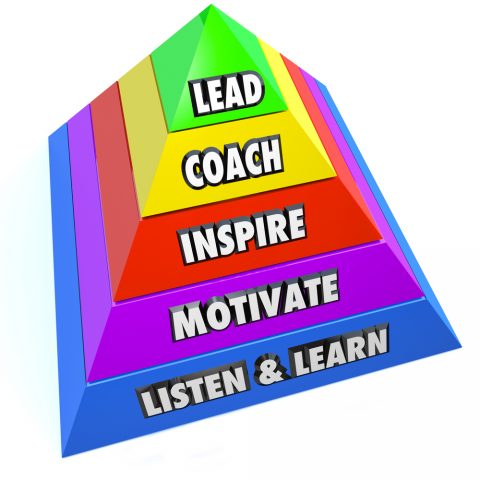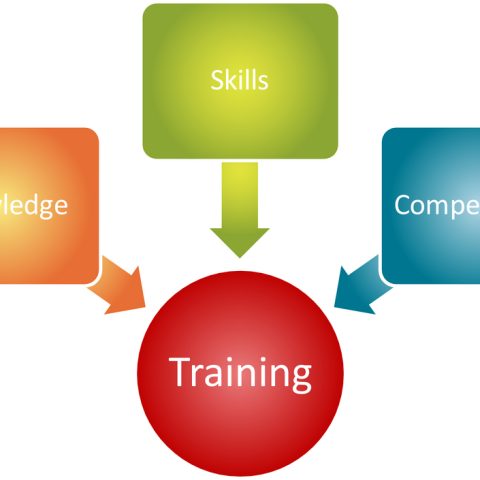 How Birth Order Can Influence Your Work Relationships
How Birth Order Can Influence Your Work Relationships
I’m not a credentialed psychologist, but do consider myself a keen observer of human behavior. Growing up in a family with nine children and working on teams for most of my career have provided me with many anecdotal experiences that have taught me a few things about human behavior and the influence of birth order in both family and work relationships. Although these characteristics are stereotypes and thus, generalizations, there are many truths and research about the influence of birth order and how it affects business and personal relationships.
Like family members, colleagues in the workplace play roles and fall into certain behavior patterns based on their birth order. By becoming aware of the various roles that we play and how our behaviors influence our interactions with team members, we can learn how to leverage our best traits into better work relationships. These insights can also help us to be aware of the behaviors that negatively impact work relationships and drive colleagues crazy.
Most of us are familiar with the characteristics usually attributed to first-born and last-born children. The first-born is often an over-achieving perfectionist and a natural leader, and the youngest or ‘baby’ is often a coddled and charming “life of the party” person. Middle children are not as well characterized, but can frequently be adaptable team players who range from rebellious change agents to peacemakers. Here’s my take on these common themes.
First-Born/Only Child
First-borns are usually good at taking control of situations and telling people what to do. In other words, they are often strong leaders with a leadership presence that causes others to look up to them. First-born children are decision makers who know how to motivate others to get things done.
These personality traits can also make them seem overly domineering, which be intimidating to others. First-borns should be conscious of and work to control their need for perfectionism, as this can lead them to micromanage people and work situations, and ultimately lead to discord.
Only children have personality traits very similar to first-borns. They’re often successful leaders who are independent and confident. Because they grew up without siblings, only children may land on one end of the spectrum or the other. They can have dynamic social skills and float easily between circles, but sometimes they’re introverts who struggle to socially interact with others.
Middle-Born
As Katrin Schumann, co-author of The Secret Power of Middle Children, writes, “Contrary to expectations, middle-borns are frequently agents of change in business, politics, and science—more so than first-borns or last-borns.” As a middle-born child, I’m happy to claim this mantle.
Because they can easily adapt to changing situations, middle-borns work well with most people in most situations. They believe in sharing information and open communications, which helps them to succeed in the liaison role. They’re often good negotiators, as they can objectively see all sides of issues and try to find solutions that give everyone enough to make them happy.
Sometimes middle-borns can be too flexible and try too hard to please everyone. They may have a hard time coming to terms with negative workplace situations and the resulting discord.
Last-Born
The baby of the family usually displays the opposite traits of the first-born. Last-borns are often raised differently from the rest of their siblings. They typically have less family responsibility and fewer rules imposed on them, which makes them more carefree and willing to take more risks than others. That freedom can also spark their creativity and make them disruptive innovators.
Because their siblings have often looked out for them, last-borns can have a hard time fending for themselves and making decisions. They may not be as ambitious as others and sometimes struggle with taking responsibility and sticking with the work.
What About You?
While birth order does not pre-ordain our personalities or lock us in to certain roles, understanding its influence can help us to build better working relationships. As we mature in our life and careers, we consciously create the roles we want and work to display the characteristics that define how we see ourselves at each phase or point.
So what roles do you currently play and what roles do you want to play? Do those roles morph and change over time and in various situations? We must each think about who we are and our vision for ourselves, and work to align the personal characteristics that we’re showing the world with that vision.

 How Birth Order Can Influence Your Work Relationships
How Birth Order Can Influence Your Work Relationships

